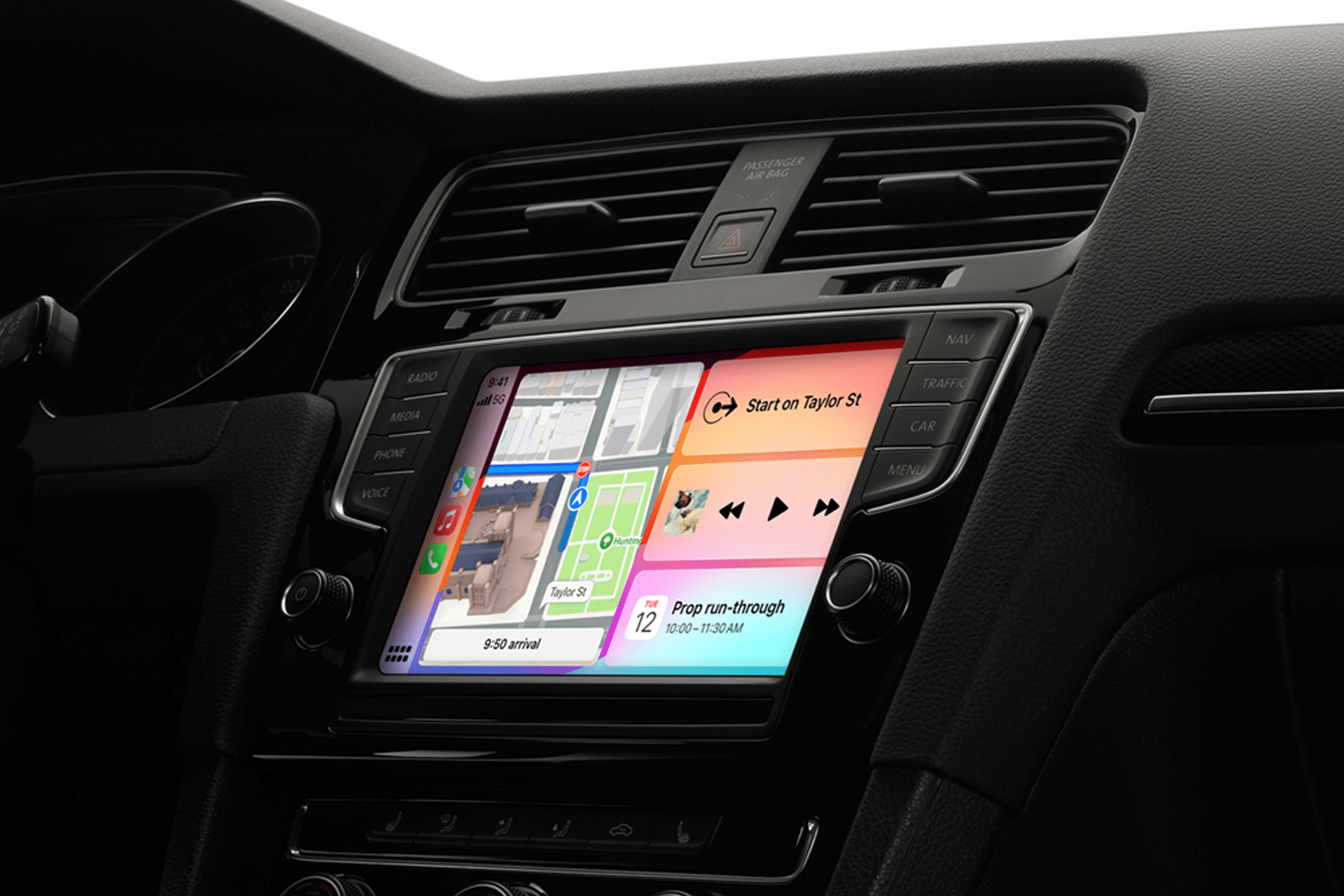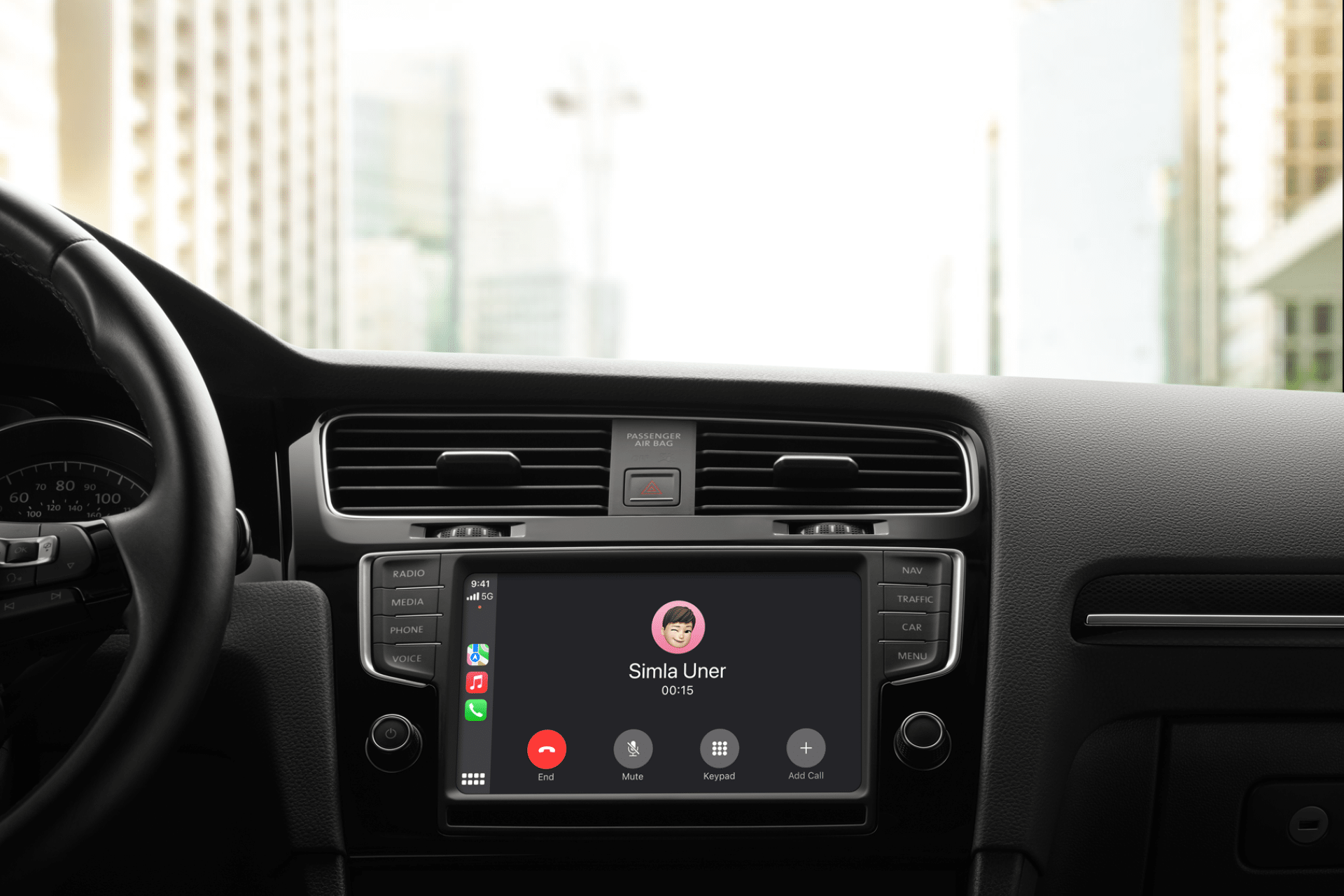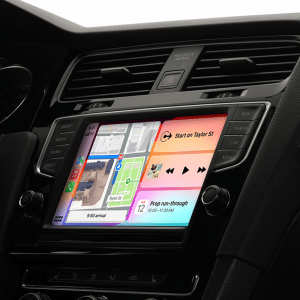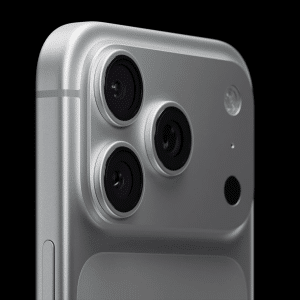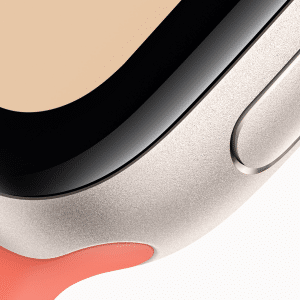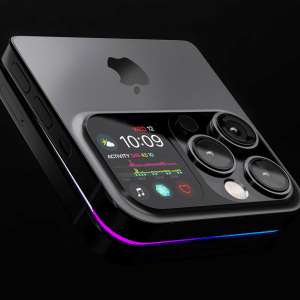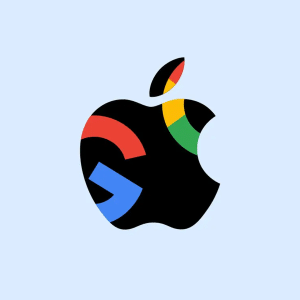In 2022, Apple provided a sneak peek into its next-generation CarPlay, aiming to transform the in-car experience by extending its interface across all available displays, including instrument clusters and infotainment screens. This initiative sought to offer drivers a seamless and unified interface, blending Apple’s design aesthetics with essential vehicle controls.
The Vision of Next-Generation CarPlay
The proposed system intended to manage a wide array of vehicle functions, such as climate control, speedometers, and fuel gauges, all through the CarPlay interface. This level of integration was designed to provide users with a consistent and intuitive experience, reducing the need to interact with disparate vehicle systems.
Apple emphasized that automakers could tailor the interface to reflect their brand identity, allowing for a personalized yet cohesive user experience. This customization aimed to maintain brand differentiation while leveraging Apple’s robust software ecosystem.
Missed Deadlines and Delays
During the 2022 Worldwide Developers Conference (WWDC), Apple announced that vehicles equipped with the new CarPlay would be announced in late 2023, with the first models arriving in 2024.
As of January 2025, no consumer vehicles have been released with the next-generation CarPlay. While manufacturers like Porsche and Aston Martin showcased concept designs incorporating the system in December 2023, these models have yet to reach the market. Aston Martin projected a 2024 launch, but specific release dates remain unconfirmed.
Challenges in Implementation
Integrating CarPlay to control core vehicle functions requires deep collaboration between Apple and automakers. This process involves ensuring compatibility, safety, and reliability, which can be time-consuming and technically challenging.
The automotive industry’s development cycles are typically longer than those in consumer electronics. Designing, testing, and mass-producing vehicles with new integrated technologies can extend beyond initial projections, contributing to delays.
Industry Dynamics and Competition
Some automakers are cautious about ceding control of in-car interfaces to tech companies, preferring to develop proprietary systems to maintain brand identity and customer data control. For instance, General Motors announced plans to phase out Apple CarPlay and Android Auto in favor of its own infotainment system developed with Google.
Google’s Android Automotive, an embedded operating system, has gained traction among manufacturers, offering a built-in alternative to CarPlay that provides similar functionalities without relying on external devices.
Future Prospects
Despite the delays, Apple continues to invest in automotive technologies, as evidenced by regulatory filings and ongoing collaborations with luxury car manufacturers. Drawings submitted to the European Union Intellectual Property Office in November 2024 suggest continued development efforts.
Industry observers anticipate that Apple will provide updates on the next-generation CarPlay at upcoming events, potentially aligning with new vehicle announcements from partner automakers. However, until official statements are made, the timeline for consumer availability remains uncertain.
Apple’s next-generation CarPlay represents a bold vision for the future of in-car technology, aiming to create a seamless integration between iPhones and vehicle systems. However, the journey from concept to consumer availability has encountered significant delays, highlighting the complexities of merging consumer electronics with automotive engineering. As of early 2025, the industry awaits further developments and official announcements regarding the rollout of this innovative system.

